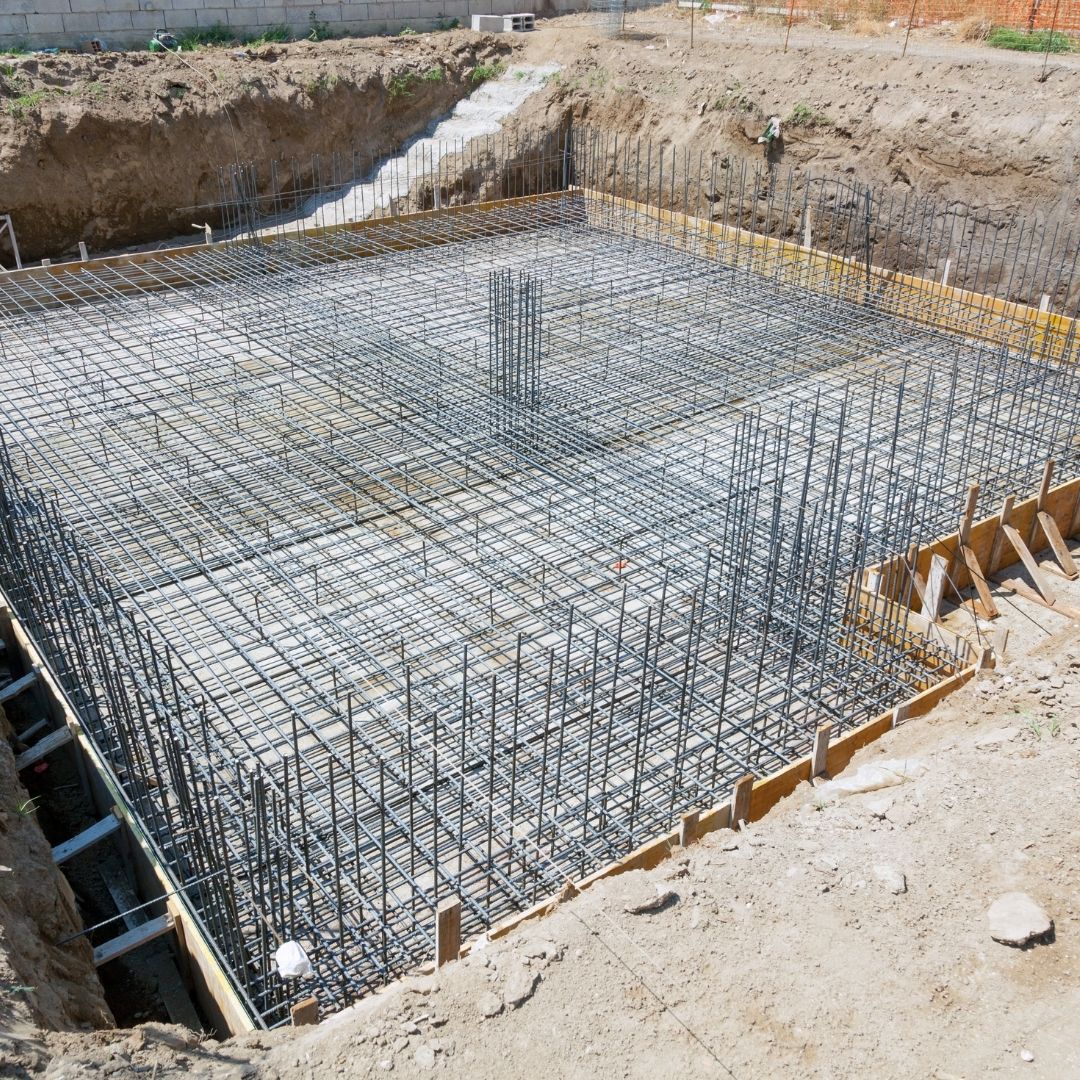How Does the Soil Type Affect the Foundation
Share
Construction is a sensitive undertaking, and it is crucial that you understand the type of soil since it directly affects your project’s outcome. That is because while some soil types are ideal for construction, others can spell doom for the foundation of your building. The wrong soil type can weaken your foundation, causing fissures to erupt, the sinking of your building, or the total collapse of your construction project. In this article, we discuss the qualities of a good Adelaide type of soil for your construction project and how each soil type can affect your foundation.

Qualities of good construction soil
The soil on your construction site must be able to pull in precipitation well. This will control runoff and soil erosion, preventing soil loss around your building’s foundation.
- Soil with balanced chemistry can bear any type of building you want to construct on it.
- The best soil for construction has the right physical properties and structure to offer stability to your building.
- Your preferred soil type should maintain stability in dry and wet weather.
Using a soil map, you can determine whether the soil on your construction site has the above-mentioned features. You can talk to the United States Department of Agriculture (USDA) natural resource conservation service or a soil scientist. Here are some of the benefits of having a soil map.
- You can use it to gauge the slope of your land’s surface.
- A soil map provides insight into the likelihood of water storage, drainage, or runoff at your construction site.
- You can accurately execute workable land usage and management measures with a soil map.
- A soil map also discloses the soil’s biological, physical, and chemical properties.
Types of soil and how they affect your foundation
Loam soil is the ideal soil for building a foundation. Since it contains humus, clay, silt, and sand, loam soil has the perfect combination for a strong foundation. This soil also absorbs water and dries out evenly, ensuring that you won’t have to deal with waterlogging. However, you may need to filter out any undecomposed materials to avoid structural problems later on.
Clay soil is found in streams and river beds where water accumulates after heavy rainfall. Clay soil is sticky when wet and has poor drainage, making it unsuitable for building a foundation. This soil type expands when wet and can push against the wall of your building’s foundation. When clay soil finally dries out, your foundation is bound to shift, leading to uneven floors and fissures.
If you have to build your foundation on clay soil, we recommend digging deeper to boost your building’s stability. You can use a slab-on-grade or drilled pier foundation method to limit clay soil’s tendency to expand and contract after you’ve constructed your foundation.
Silty soil contains minerals and rock and can be found near most water bodies. This soil has a fine, smooth texture with small particles that enhance water retention. In fact, its particles are way smaller than those of sandy soil, and it’s easily carried away by water. Since silty soil does not dry out fast, it is unsuitable for building foundations. Also, it expands and pushes against your foundation when wet, compromising the support of your building.
Multistory buildings, duplexes, skyscrapers, and other large buildings are ideal for construction on bedrock or rocky soil. Rock possesses a high bearing capacity and limits the risk of your building developing fissures or cracks. Bedrock comprising sandstone, shale, limestone, hard chalk, or granite has great depth and stability as long as you ensure it is leveled before you begin construction. Also, bedrock is highly resistant to water damage, so your foundation will hold for years to come.
Sand occurs when rocks like limestone, quartz, and granite break down. Since it is very low in nutrients, sandy soil does not hold water. While sand may not be ideal for agriculture, sand and gravel have large particles suitable for building foundations. Since water drainage is fast in sandy soil, your building is less likely to experience stress from waterlogging. Since stress can cause fissures in a building with the risk of collapse, you can compact sand and gravel with a good soil type like loam soil for better support.
Each soil type bears unique chemical and physical properties that affect its construction suitability. You can check the soil type at your construction site before you begin building to avoid future issues.